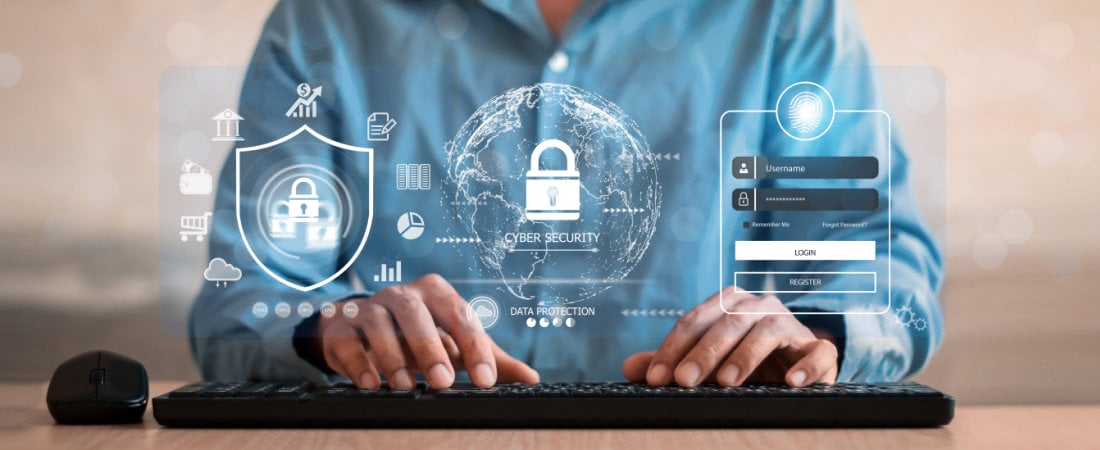Top Scams of 2023 - What to look out for in 2024
January 28th is National Data Privacy Day, and Tompkins would like to use this as an opportunity to share some of the top scams we saw in 2023, so you can better protect yourself in 2024.
1. Compromised accounts
This is where a scammer is able to access your account and the information and contents within. There are a few ways this could.
Clicking on a link in a text or pop up on your computer. If you receive a text from your bank asking about a transaction – do not click on the link. Call the bank directly on the number on the back of your debit card or your local branch office/call center. They will be able to assist you in verifying whether it is a legitimate message from your bank or not.
Never give anyone access to your phone, computer or your credentials to your online banking accounts. NO ONE should ever be asking for this information or access. Once scammers have access to your account, they see more than just your funds. They could email your friends pretending to be you, set up payments out of your account or even deposit funds into your account that are fraudulent. They can even redirect your email and phone calls. No valid customer service or business will ask you for your credentials, or password.
2. Counterfeit Checks
This occurs when someone intercepts a check you wrote, typically from the mail, and they create checks with your account information, which they then use to cash out funds from your account.
When possible pay your bills electronically or mail your mail in a secure mailbox. Most importantly, review your accounts often (not just once a month when you get your statements) so you can stop fraud as it is happening or when it starts.
If someone sends you a check and then asks for you to do something with the funds, be cautious. Scammers make fake checks and ask people to cash or deposit them and then ask these people to purchase gift cards or to send money other places before the check can return. If you deposit a counterfeit check you are responsible to pay the bank back and criminal charges could be made against you by the bank or the entity that owns that account.
3. ACH Fraud
This is when the scammer obtains your account information and pays their bills with your accounts by electronic transfer. Sometimes they move money out of accounts to another person’s account (to inflate a balance) to then get that 3rd party to send them the funds. Never give your account information out to anyone that is not on your account.
Key Prevention Items:
- Never click on links – always call the entity that is sending you a message on a known number.
- Never give your account information, including credentials to people or business not on your account
- Check your accounts regularly for potential fraud
- Never accept checks or electronic funds from someone that is asking you to send them elsewhere.

